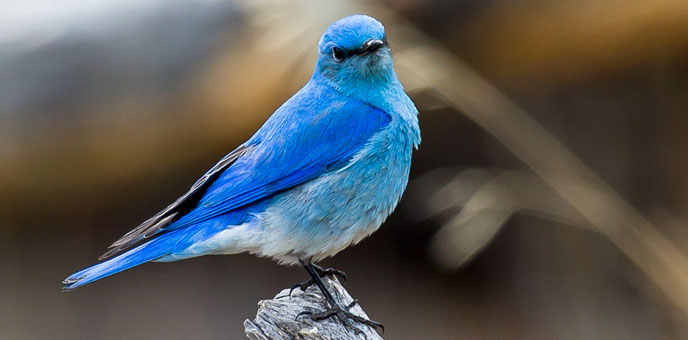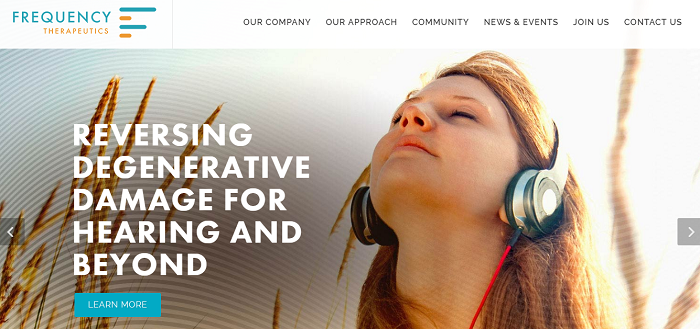The inner ear feels that the epithelial hair cells and the cochlea are sound traps that capture sound signals and transmit them to the brain. Thus, people and animals have hearing.
But unfortunately, these cells are very fragile, susceptible to noise damage and non-renewable in mammals. With age, these hair cells in the inner ear are not only reduced - this is also the cause of hearing loss in most elderly people.
According to World Health Organization (WHO) data, there are approximately 360 million moderate or severe hearing loss patients worldwide, and 1.1 billion people are deaf due to recreational noise.

Since the 1970s, research on auditory hair cell regeneration has not been broken. In the world's top medical research centers, there are large numbers of papers published each year, but this technology has many bottlenecks and has not yet broken through.
"It's just a beautiful bubble," and such doubts continue to emerge.
However, some people do not believe this evil. Biologists have demonstrated the ability of birds and amphibians to regenerate this hair cell – this regenerative capacity exists in nature.

In 2015, David Lucchino, MIT Chris Loose and Dr. Will Mclean co-founded Frequency Therapeutics, a leading-edge biotechnology company dedicated to the research of hearing cell regeneration.

Company and Harvard Medical School, Massachusetts Institute of Technology, Massachusetts Eye and Ear Infirmary, and Brigham and Women's Hospital and a number of medical and scientific research institutions reached a cooperation, hoping to early a way to make the hearing cells regeneration.
Loxo-292 Intermediate,Loxo-292 Api,Loxo-292 Cas 2152628-33-4,Selpercatinib Intermediate
Shandong Bolode Bio-technology Co., Ltd. , https://www.bldpharma.com